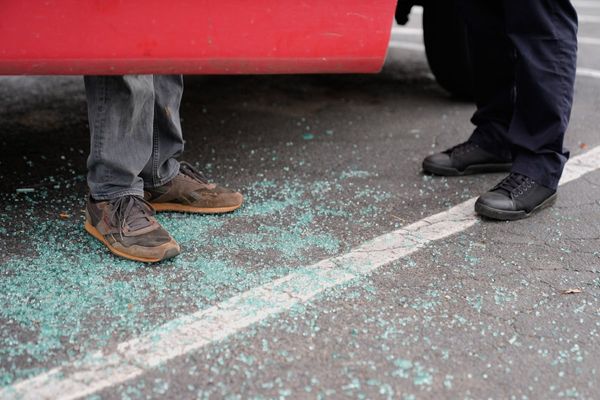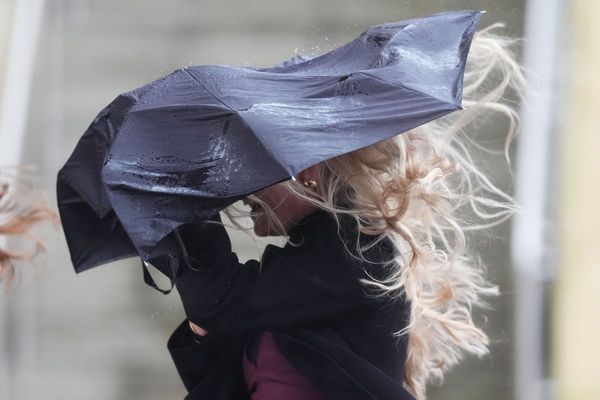
Anthony Albanese has again sidestepped US calls for Australia to drastically increase its defence budget, now by about $40bn more each year, amid warnings from the Trump administration over China’s plans.
The US secretary of defense, Pete Hegseth, met Australia’s defence minister, Richard Marles over the weekend in Singapore as part of the Shangri-la Dialogue.
In a readout of the meeting released Monday morning Australian time, Hegseth conveyed that Australia should increase its defence spending to 3.5% of its GDP “as soon as possible”.
Australia is on track to lift defence spending from about $53bn a year, or about 2% of GDP – to an estimated $100bn, or 2.4% of GDP, by 2033-34.
An additional annual spend of about $40bn would be required by 2033-34 to reach 3.5% of GDP.
Hegseth on Saturday urged countries in Asia to “share the burden” and lift defence spending to 5% of GDP, warning “Beijing is credibly preparing to potentially use military force to alter the balance of power in the Indo-Pacific” in a speech at the conference.
It followed months after Pentagon undersecretary Elbridge Colby told a US Senate hearing that the US wanted Australia to reach a 3% defence spending threshold.
Albanese was asked on Monday to respond to the US’s calls for Australia to pour billions more into its defence budget, to meet a higher spending target. The prime minister asked: “Which one?”
“There’s been a range of [spending targets] going forward. What you should do in defence is decide what you need, your capability, and then provide for it. That’s what my government is doing,” he said.
“What we need is things that defend us in real terms, and that’s what we’ll provide.”
The prime minister had stood firm on Sunday, saying in response to a similar question about Hegseth’s Saturday comments: “We’ll determine our defence policy.”
Also speaking on Sunday, Marles said the issue of defence spending was a conversation he was “totally up for”.
“The Americans have been very clear about wanting to see more from their friends and allies around the world. It’s a sentiment that we understand,” Marles said at a press conference in Singapore.
“We have already engaged in the last couple of years in the single biggest peacetime increase in defence expenditure in Australia’s history. So we are beginning this journey. We’ve got runs on the board.
“And indeed, if we look at Aukus, I mean, Aukus is something which is seeing our defence expenditure increase – as it should – and so we actually are taking steps down this path.”
In February, Australia paid $US500m ($AUD790m) to the US as part of the first instalment in a total of $US3bn pledged in order to support America’s shipbuilding industry.
At the time, Marles said Aukus was “a powerful symbol of our two countries working together in the Indo-Pacific”.
Albanese is expected to meet Trump in person for the first time since both leaders were re-elected, on the sidelines of the G7 leaders’ summit in Canada this month.
The two leaders are expected to discuss defence cooperation in the Indo-Pacific, as well as the US’s doubling of tariffs to 50% on steel and aluminium imports, including from Australia, beginning this week.







